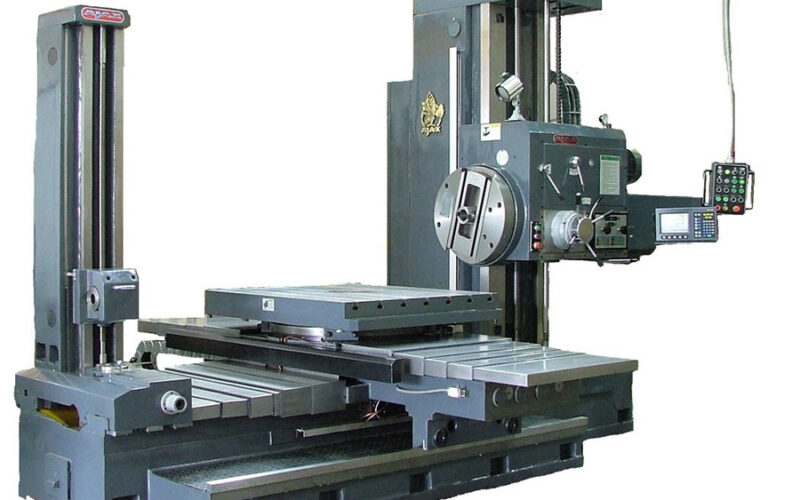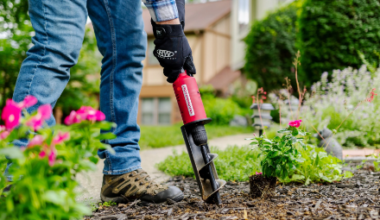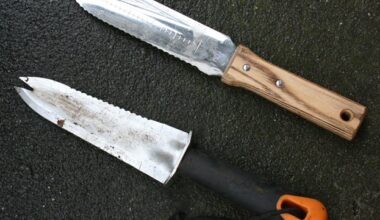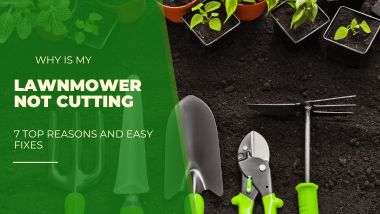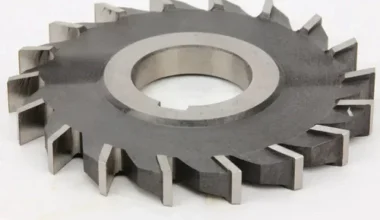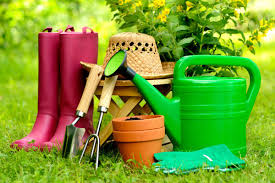Ever dreamed of having a perfectly watered garden without dragging hoses around or constantly adjusting sprinklers? The secret might be hiding underground — literally.
Water boring is the game-changing technique smart gardeners are using to create their own irrigation systems, tap into reliable water sources, and even run pipes beneath paths or driveways without tearing up their landscape. With the right water boring tools, this process becomes faster, easier, and far less messy.
But here’s the catch: success depends on choosing the right water boring tools for the job. Choose wrong, and you’ll waste time, money, and energy — maybe even flood your yard.
In this guide, I’ll break down everything you need to know about water boring tools, from professional-grade rigs to simple DIY kits, so you can confidently choose the right setup for your soil, your budget, and your project.
By the end, you’ll know exactly how to get started, avoid costly beginner mistakes, and make sure your next garden project is as smooth as freshly turned soil. Before you start your water boring project, make sure you’ve got the right gear —check out 10 Basic Essential Garden Tools Every Gardener Must Have to be properly equipped.
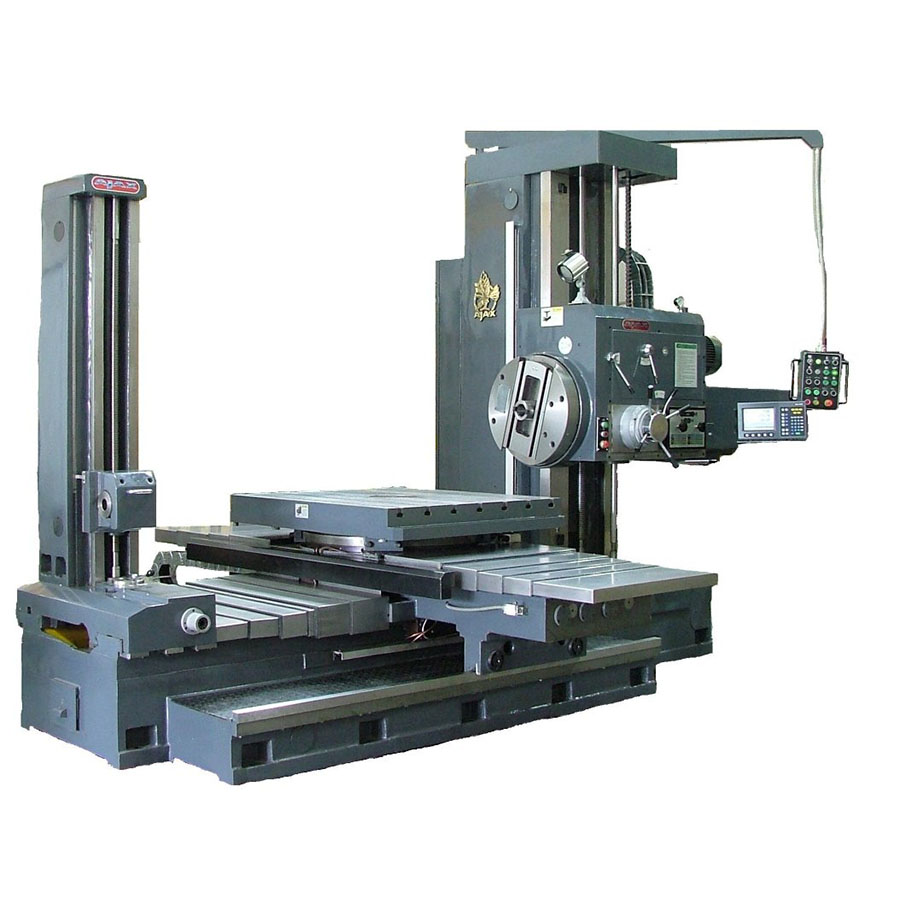
What Are Water Boring Tools?
Water boring tools are the unsung heroes of garden irrigation projects. They are the machines, bits, and accessories that make drilling, boring, and installing water systems possible.
If you want a broader view of the gear involved, check out Types of Garden Tools on GardenToolsExpert to see how boring tools fit into the larger tool ecosystem.
Think of them as the underground toolbox you need to create a water path beneath the soil. Whether you want to dig a shallow well, run pipes under your walkway, or set up a permanent watering system, these tools get the job done without destroying your yard.
The beauty of water boring tools is their flexibility. There are small DIY kits for homeowners, portable rigs for serious garden projects, and heavy-duty equipment for professional well drilling.
When people say “boring,” they don’t mean dull — they mean drilling holes through soil or rock. The choice of tool depends on the ground you’re working with. Loose soil? You’ll need an auger bit. Rocky ground? A percussion bit is your best friend.
Good tools save time, prevent pipe damage, and keep your borehole from collapsing. They also help ensure that the water stays clean and uncontaminated by soil.
Core Water Boring Tools for Garden Projects
When it comes to garden projects, some water boring tools are absolutely essential. Let’s break them down and see how they work.
1. Drill Rigs: The Powerhouse of Boring
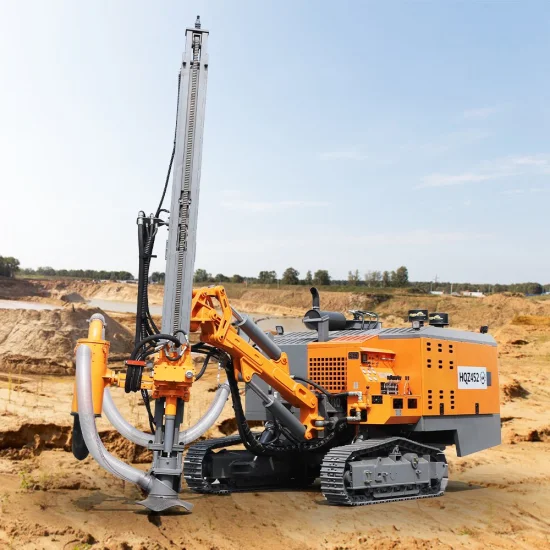
Drill rigs are the backbone of any serious water boring project. They use derricks, rotary tables, and drill pipes to drive deep into the soil. For gardeners, portable rigs are a great option — they’re small enough to fit in a backyard but powerful enough to get through tough ground.
If you’re installing a permanent irrigation well, a drill rig is your best friend. It saves hours of manual digging and creates a straight, stable borehole that can last for years. Just be sure to follow borehole safety practices to keep the water supply clean. Types of Drilling Rigs for Water Wells – A detailed article on different drilling rigs and their uses
2. Drill Bits: The Secret to Clean Bores
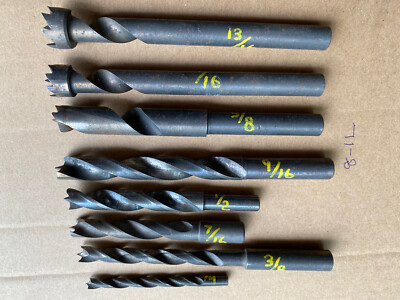
You can’t get far with water boring tools without the right drill bit. Drill bits are the part of the setup that does the actual cutting, and choosing the correct one is key to a smooth, efficient bore.
Rotary bits are best for soft or medium soils, making them ideal for most backyard projects. Percussion bits are designed to break through hard rock layers, while auger bits work perfectly for loose soils like sand.
Each of these bits is an essential part of your water boring tools collection, helping you adapt to different soil conditions.
Selecting the wrong bit can slow down your project or even damage your equipment. Always match your drill bit to the type of soil you’re working with, doing so keeps your water boring tools running efficiently and prevents costly setbacks.
3. Drilling Fluids & Mud Pumps
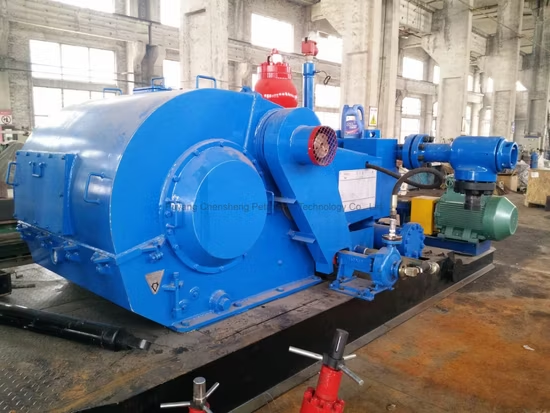
Drilling generates heat and friction. Drilling fluids (or water) keep things cool, reduce wear on the bit, and carry debris back to the surface.
For small garden projects, a simple water hose setup or water jetting system can work just as well as professional mud pumps. This is a budget-friendly alternative for DIYers.
4. Casing Pipes: Protect Your Borehole
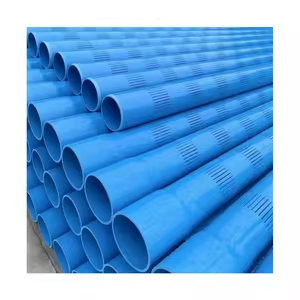
After you drill, you’ll want to protect your borehole. Groundwater protection guidelines recommend installing casing pipes to prevent the hole from collapsing and to keep dirt from contaminating your water.
PVC casing pipes are lightweight and perfect for small-scale garden projects. They’re easy to install and last for years.
5. Accessories & Safety Gear
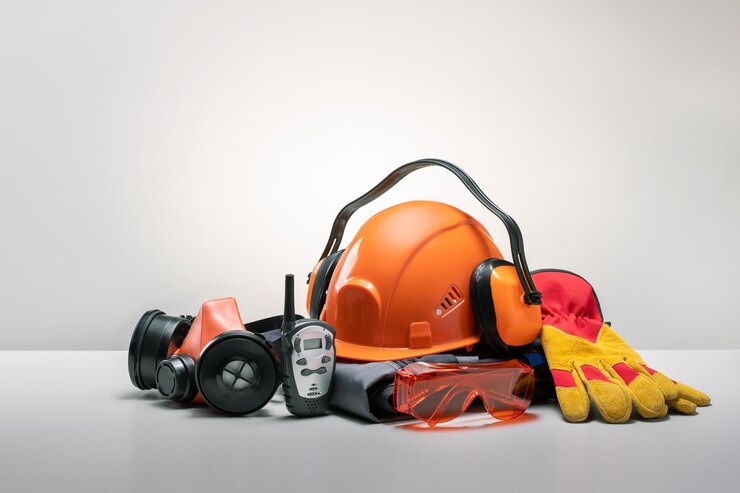
Your boring toolkit wouldn’t be complete without reamers, hammers, rod handlers, and water detectors. These help with maintenance and keep your operation running smoothly.
Don’t forget personal safety gear gloves, boots, goggles, and hearing protection. Garden projects are fun, but safety comes first. Don’t neglect safety, these water boring setups can be dangerous.
Read Avoid Injury: 7 Garden Tool Safety Tips You Probably Missed to keep yourself protected.
Horizontal Boring Tools & DIY Options
Sometimes you don’t need a deep well — you just need to run a pipe under a path, driveway, or patio. That’s where horizontal boring tools shine.
Horizontal boring kits create a tunnel under the obstacle so you can slip a pipe through without tearing up your whole yard. These are perfect for projects like adding a sprinkler line or running irrigation under a concrete walkway.
DIY water boring kits often include hand augers or water jetting assemblies. Jetting tools use water pressure and PVC pipes to bore a hole — an affordable, beginner-friendly option.
For bigger jobs, professionals might use tools like the REED Boring Bar or hydraulic rigs. These are more powerful, faster, and can handle difficult soil conditions.
The best part? You don’t have to buy everything. Many garden and tool rental stores offer horizontal boring kits for a day or weekend. This saves money if you only need them once.
Choosing the Right Water Boring Tools for Your Garden
Choosing the right water boring tools starts with understanding your soil. Soft soil is best handled with rotary bits and lighter rigs, while rocky or compact ground may require percussion bits or even a professional-grade rig.
Matching the right water boring tools to your soil ensures smoother drilling and fewer delays.Next, think about the size of your project. For a simple DIY irrigation line, a horizontal boring kit or water jetting tool may be all you need.
Larger projects that require deeper water access benefit from portable drill rigs and proper casing pipes, all crucial water boring tools for a reliable setup. Balance your budget and safety.
DIY kits are cost-effective for one-off projects, while investing in a drill rig makes sense for those who plan to do multiple boring tasks or manage a big garden. No matter what water boring tools you choose, always wear gloves, goggles, and boots to keep yourself safe and make your project stress-free.
Troubleshooting & Maintenance Tips
Even the best water boring tools need proper care and attention to stay effective. Regular maintenance helps extend their lifespan and ensures every boring project runs smoothly from start to finish.
If your bit stops cutting, flush it with water immediately to clear out debris. Blockages are one of the most common problems with water boring tools, and clearing them quickly prevents damage and keeps your project on schedule.
Inspect casing pipes often for cracks or leaks that could contaminate your water source. Well-maintained casing and water boring tools work together to protect the quality of your garden’s water supply.
Keep rigs, augers, and moving parts well-lubricated to prevent them from seizing during use. Proper lubrication keeps your water boring tools running efficiently and reduces costly breakdowns.
After every project, store your water boring tools in a clean, dry place to prevent rust and corrosion. Clean bits and accessories last longer and are ready to go for your next project.
Finally, replace dull bits and worn-out parts as soon as you notice decreased performance. Sharp, well-maintained water boring tools make boring faster, safer, and far less stressful.
Expert Tips for Successful Water Boring Projects
Before you grab your water boring tools, take a moment to plan your approach. A little preparation goes a long way in saving time, avoiding frustration, and preventing costly mistakes later in the project. Careful planning is the foundation of a smooth and successful bore.
Start by measuring and marking where you want the borehole or pipe run to go. A well-planned path allows your water boring tools to work efficiently, creating a straight, stable hole while avoiding tree roots or existing irrigation lines. This step reduces the risk of wasted effort and damaged equipment.
Before you begin drilling, always check for underground utilities. Using water boring tools without knowing what’s below the surface can be dangerous and expensive if you hit a water, gas, or electrical line. Contact your local utility locator service to keep your project safe.
When drilling, apply steady and consistent pressure. Forcing your water boring tools can bend rods, break bits, or damage your borehole. Allowing the tools to work at their own pace ensures a clean, straight result.
Proper maintenance keeps your water boring tools reliable for future projects. After completing your bore, clean every component thoroughly and inspect drill bits, casing pipes, and hoses for wear or damage. Well-maintained tools last longer and make every garden project easier.
Sustainability & Environmental Considerations
Using water boring tools is a powerful way to access water, but it must be done with care to protect your environment. Responsible boring ensures that your project benefits your garden without harming your local ecosystem.
Always install casing pipes when using water boring tools to prevent groundwater contamination. This simple step keeps your water clean and safe for both plants and people.
Avoid overusing your well by monitoring water levels regularly. Sustainable use of water boring tools helps prevent depletion of groundwater sources and keeps your garden thriving year after year.
If you ever abandon a borehole, backfill it with clean material to prevent surface water contamination. This practice, combined with proper maintenance of your water boring tools, protects your soil and preserves water quality for the future.
Choosing the right water boring tools makes garden projects faster, cleaner, and safer. From drill rigs to DIY jetting kits, the right equipment saves time and effort. Match tools to your soil type, plan your bore path, and follow safety precautions to avoid costly mistakes.
Start small, experiment with DIY kits, and upgrade as your confidence grows. With the right setup, you’ll enjoy a reliable water source, healthier plants, and a garden that practically waters itself.
Your perfect irrigation setup is just a project away — grab your water boring tools and get started today!

